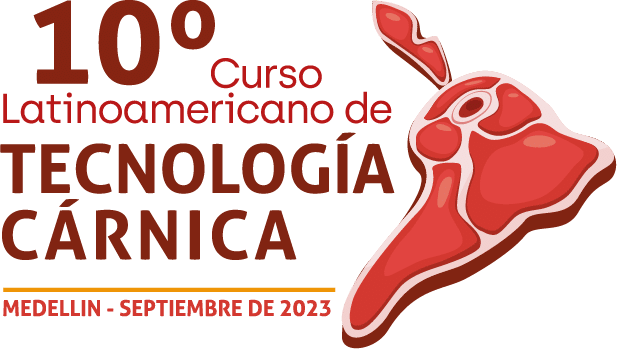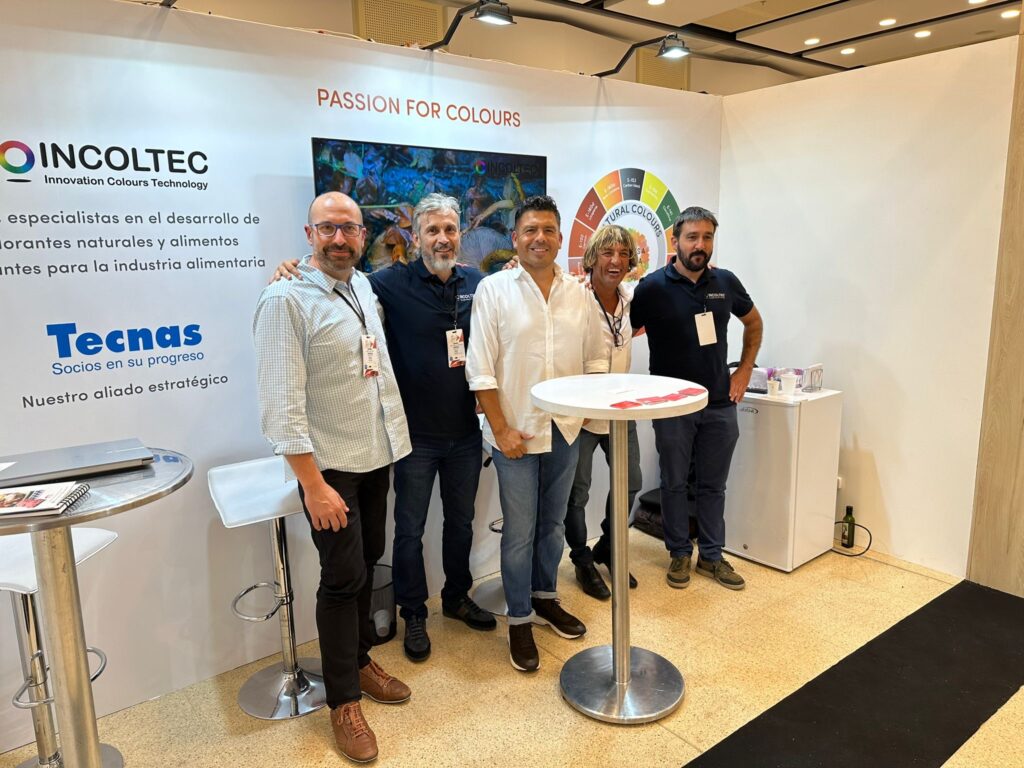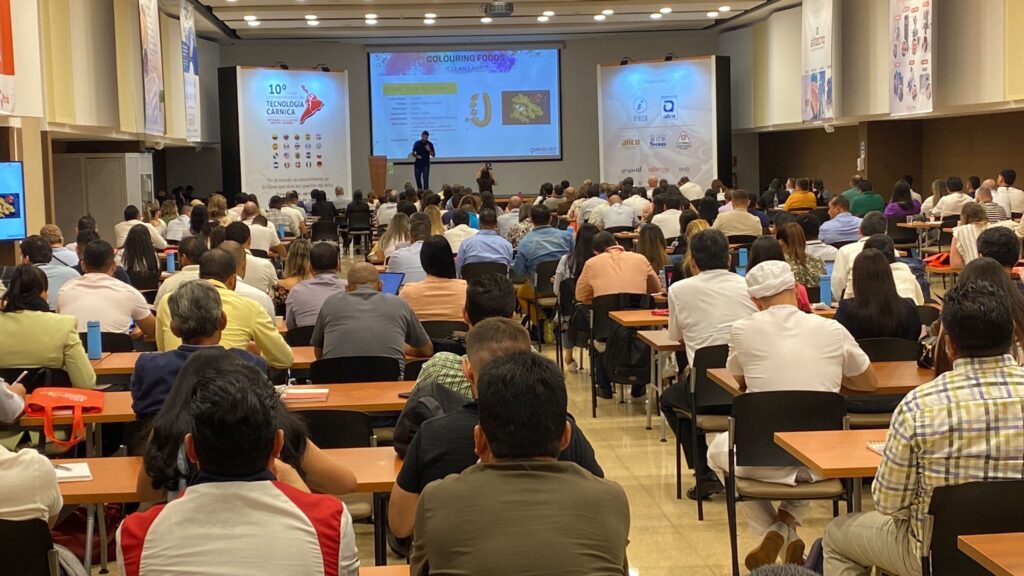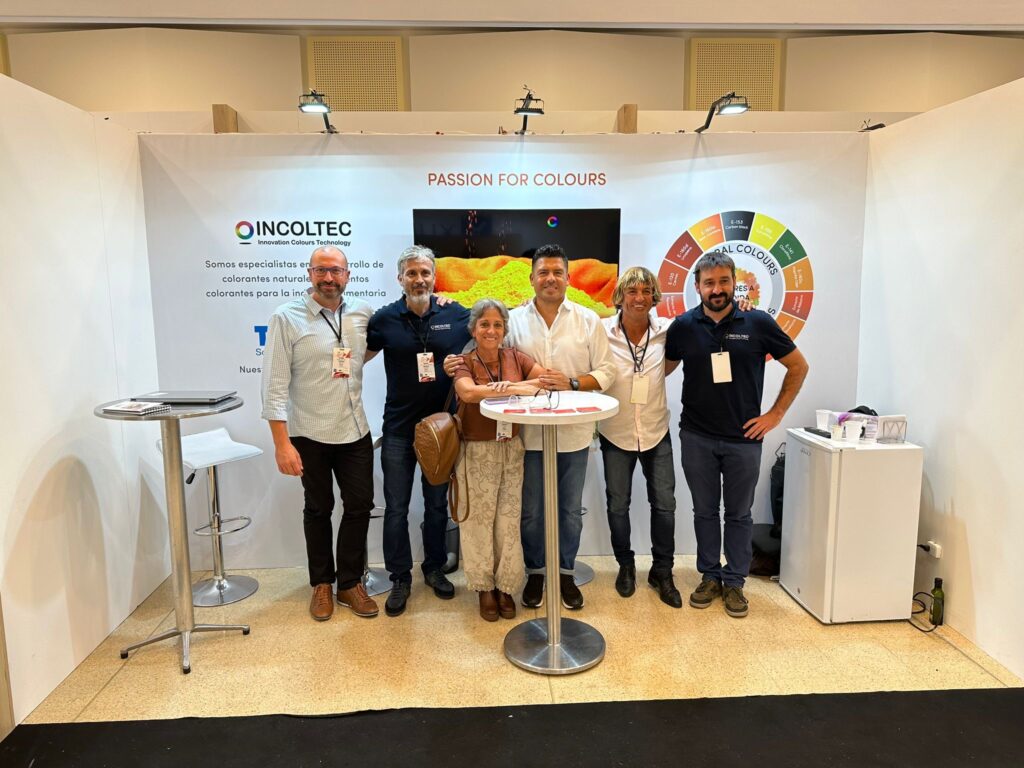In the month of September, the 10th Latin American Meat Technology Course was held in Medellin, Colombia. An event with the presence of more than 300 attendees belonging to the guild from different countries such as Ecuador, Peru, Bolivia, Uruguay, Panama, Dominican Republic, El Salvador, Honduras, among others.
Incoltec actively participated not only as an exhibitor but also as a speaker. Our head of laboratory, Qco. Marcos Chamorro, presented the talk “Present and
future of color in meat products.”
Our intervention was focused on showing how in Latin America the predominant use of meat dye is of synthetic origin, specifically the azoics(compounds with two nitrogens joined by a double bond). These dye are globally under examination due to potential health risks, with concerns about their absorption by the body, their alleged association with cancer, and mutagenic alterations.
An example of this hazard would be Erythrosine (E127), used in a large percentage of meat products, particularly in Hams, as well as in beverages, confectionery, among others. This dye is identified as a potential trigger for allergic reactions and hyperactivity in minors.
However, in our discussion, we analyzed this global problem from a broad perspective. Therefore, we explained to the attendees that “there is no scientific evidence to support categorical statements.”
Following the example of Erythrosin, as reviewed by EFSA there is no strong evidence that this additive is carcinogenic. The conclusion is that there is no need to update the acceptable daily intake level.
Global trends in the food industry are constantly changing, and today we are more committed to the incorporation of food colorants and products that are as “natural as possible.”
We must maintain a broad and objective perspective, free from passions.
Grounded on scientific evidence, we can then address the food requirements of today’s world.






